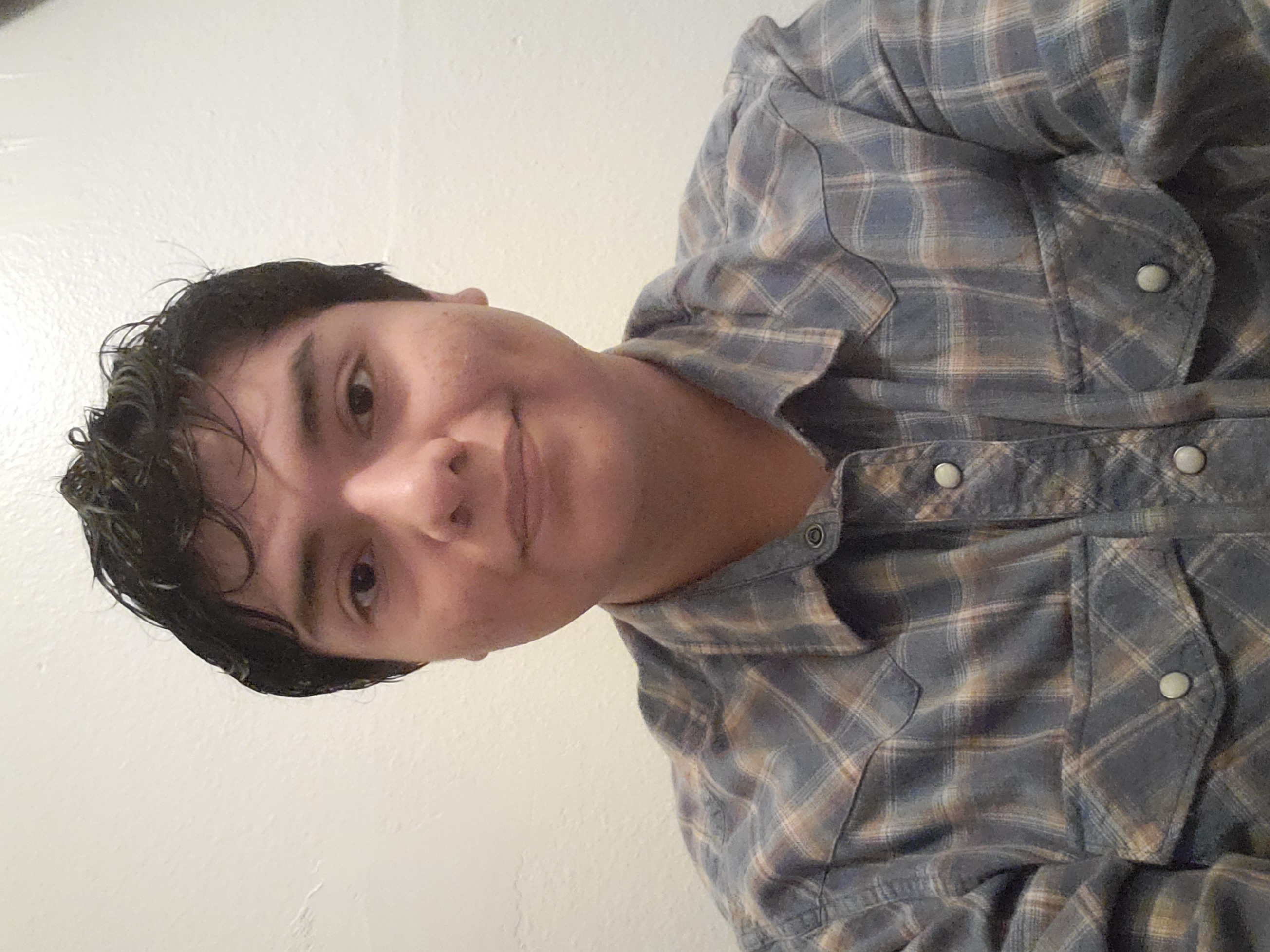Research Symposium
22nd annual Undergraduate Research Symposium
Arath Salazar Poster Session 2: 10:00-10:45/Poster #1

BIO
I am currently a sophomore student majoring in Biology and recently became a dual major in Public Health. My main interests when it comes to sciences and academics delves into microbiology and infectious diseases considering how something so small can cause such a great deal of harm. When I am not focusing on my academics I am involved with some student organizations, namely the Hispanic Honor Society, Swing Dance Club, and NUSA/ NRP (Nu Rho Psi). Additionally, I am currently training to be a UROP leader for the next school year.
Hidden social dimensions in science
Authors: Arath Salazar, Dr. Ronald DoelStudent Major: Biology & Public Health
Mentor: Dr. Ronald Doel
Mentor's Department: History Mentor's College: Arts and sciences Co-Presenters:
Abstract
From the end of the 19th century into the 21st century, the ways that scientists and scientific activities have been portrayed in the United States has changed dramatically. Many Americans learned about scientific practices through published stories and photographs. Editors could select certain available photographs over others, sometimes reinforcing stereotypes and myths. During the Cold War era (1947-1989), the majority of scientists portrayed in popular media were men, most of them married. But a number of prominent researchers, promoted as exemplary scientists by the U.S. Information Agency and companies such as General Electric, did not fit these gendered and social expectations. This study surveys the lives of four eminent scientists (one male, three female) who did not conform to popular cultural conceptions at the time. Appreciating the diversity of scientists active in the past can help promote positive change and acceptance of minorities, including queer-inclined individuals, for present and future generations.
Keywords: History, science, era, cold war

